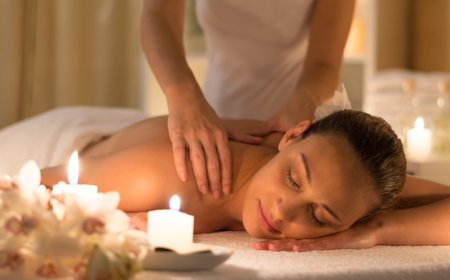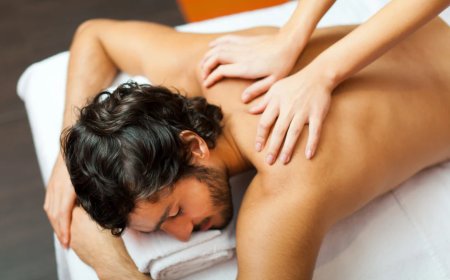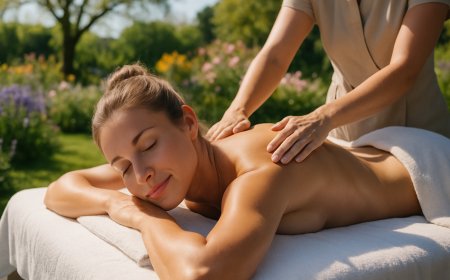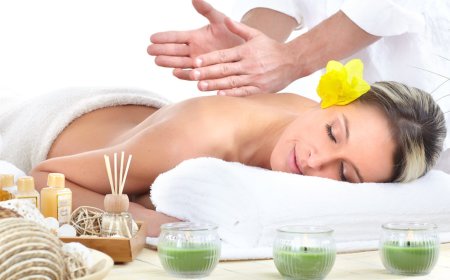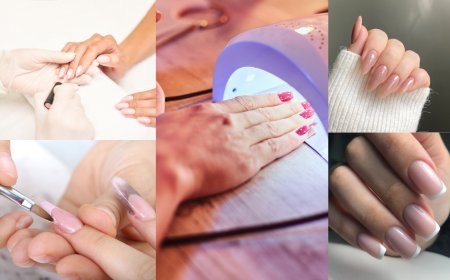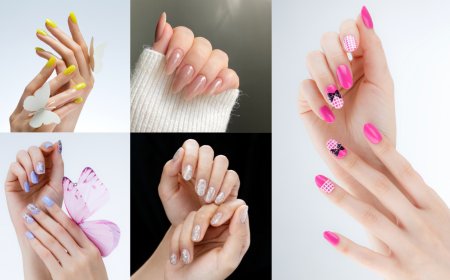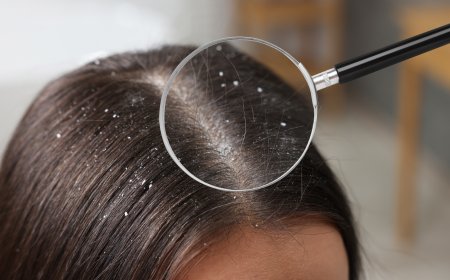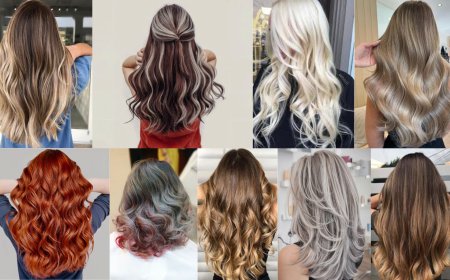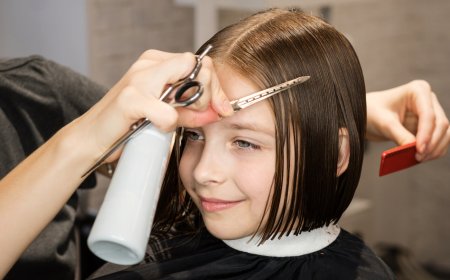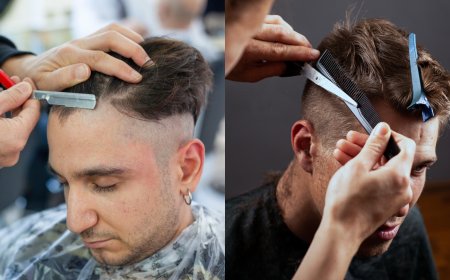How to Transition Your Haircare Routine Across Seasons
Discover how to transition your haircare routine from season to season. Learn tips, benefits, and seasonal product swaps to keep your hair healthy all year.
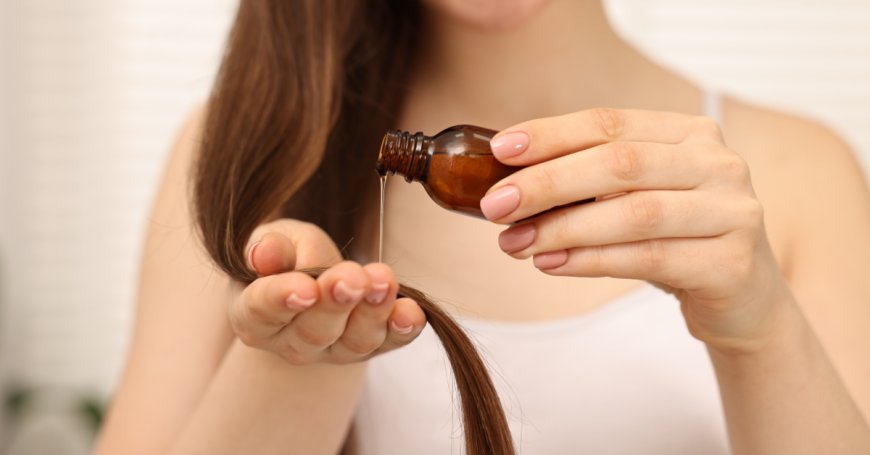
As the seasons change, so should your haircare routine. Different weather conditions can have a significant impact on your hair's health, texture, and overall appearance. Whether it's the dry air of winter or the humidity of summer, transitioning your haircare routine with the changing seasons ensures your hair stays healthy and vibrant all year round. In this article, we’ll explore the best practices to help you adapt your haircare to seasonal shifts, from adjusting your products to changing styling techniques.
Benefits of Transitioning Your Haircare Routine with the Seasons
1. Maintain Moisture and Hydration for Healthy Hair
When the seasons change, the air changes, and so does the moisture level in the environment. In the winter, the air tends to be drier, while summer humidity can weigh your hair down. By adjusting your haircare routine, you can maintain an ideal moisture balance that prevents your hair from becoming too dry or too oily.
For example, during the colder months, it’s essential to use more moisturizing products that replenish lost hydration. A good hydrating shampoo and conditioner, paired with a weekly deep conditioning treatment, can help you keep your hair hydrated and smooth. On the flip side, summer may require lighter products to prevent excess oil or frizz.
For more tips on healthy hair practices, check out this guide on haircare.
2. Prevent Breakage and Split Ends
Seasonal changes can affect the integrity of your hair, especially when the weather is harsh. Cold winds and indoor heating can lead to breakage and split ends in winter, while the sun's UV rays can cause damage in the summer. Transitioning your routine helps prevent this damage by using products designed for the specific needs of each season.
In the winter, you may want to use heavier oils or serums to seal your hair's cuticle and protect it from the harsh elements. In the summer, applying a UV-protectant hair serum can shield your hair from sun damage and prevent color fading.
3. Adjust to Your Hair's Needs
Your hair’s needs change with the seasons. For instance, in the winter, your scalp might become dry and flaky due to the cold weather and indoor heating. To combat this, you can use a scalp treatment to restore moisture and balance. In the summer, however, your scalp may become oilier from sweating, requiring a gentle clarifying shampoo to remove excess buildup without stripping away essential oils.
Understanding how to adjust your routine according to these seasonal changes can help your hair look and feel its best year-round.
Practical Steps for Transitioning Your Haircare Routine
Now that you know why it's important to transition your haircare routine, let's dive into some actionable steps to help you make the switch. Whether you're moving from winter to spring or summer to fall, the following steps will guide you through the process:
Step 1: Switch Up Your Shampoo and Conditioner
During colder months, opt for hydrating, moisture-rich formulas. In the summer, lightweight options that provide shine and volume are ideal. Look for products that suit your hair type (curly, straight, fine, etc.) and the season’s weather conditions.
Step 2: Incorporate Deep Conditioning and Hair Masks
For deep hydration in the winter, add a nourishing hair mask or deep conditioning treatment to your routine. These will replenish moisture and repair any damage caused by the cold weather. In summer, you may not need deep hydration as often but consider a lighter, protein-infused mask to keep your hair strong.
Step 3: Protect Your Hair from the Elements
UV rays can damage your hair in the summer, while winter winds can dry it out. Use a leave-in conditioner with UV protection during sunny months and a heavier oil or serum during the colder season to lock in moisture. You can even use hats and scarves to protect your hair from the wind.
Step 4: Adjust Your Styling Techniques
During the humid months, you might want to reduce heat styling to avoid frizz. Embrace air-dried, natural textures or styles that don’t require excessive heat. During the winter, when the air is dry, using heated tools with a heat protectant will keep your hair from becoming brittle.
To help you understand the best products to use throughout the year, check out this article on trending haircuts and styles.
Conclusion & Call-to-Action
Transitioning your haircare routine with the changing seasons is essential to keep your hair healthy, vibrant, and manageable year-round. By understanding your hair's needs and adapting your products and techniques accordingly, you’ll be able to address seasonal challenges and protect your hair from damage.
For more in-depth haircare tips, explore our other blog posts on Yogrow.ca. If you’re ready to take your haircare routine to the next level, don’t forget to check out our trending hairstyle guide.
Stay proactive with your haircare, and make every season a good hair season!
What's Your Reaction?











